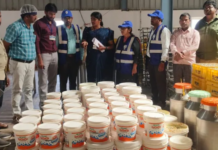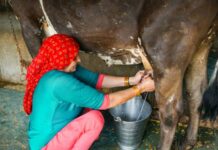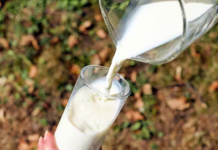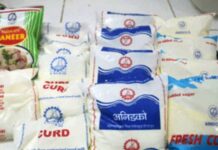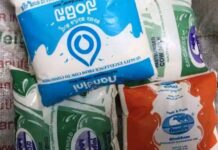New Delhi, November 03, 2020: What happens when science (Sci) comes together with fashion (Fa)? The result is the Sci-Fa project, spearheaded by Zoljargal Enkh-Amgalan, anthropologist at the Max Planck Institute for the Science of Human History in Jena, Germany, and Mongolian fashion brand, Futuristic Type.
Called ‘Portraits of Milk Bacteria,’ the collection focuses on the work of the institute’s Dairy Cultures research team, which shared its findings with the Futuristic Type design team to come up with a uniquely fresh concept.
“We now are able to know more about it. We knew the dairy products were good but had no idea that there were diverse beneficial bacteria inside them until now. Because of the Dairy Cultures research project, we have the chance to learn and even see these bacteria in traditional Mongolian dairy products,” says Enkh-Amgalan.
The team wanted to introduce this research to Mongolians, but not in the form of traditional academic approaches—their approach was fashion! “We used microscopic images of dairy products for our clothing collection to show what kinds of beneficial bacteria you consume with dairy products and what they look like,” she adds.
Hundreds of samples of milk products from different regions in Mongolia were collected by the Dairy Cultures team and sent to labs in Inner Mongolia, Germany and the US. In the lab, microbiologists investigated, cultured and analysed the milk products under the microscope. Designs were then taken from ultra-high resolution microscopic photographs and transferred on to fabrics according to the reports published in newindianexpress.com.
The fabric patterns originate from light microscope and anning electron microscope images of aaruul and eezgii (dried curd and dried curdled cheese) produced in Mongolia. Another pattern shows a digitised and cartoonised version of milk bacteria such as enterococcus durans and lactobacillus that live in the dairy products of Mongolia.




